Long-term spread of the Argentine ant in Europe
In the recent paper “Long-term spread of the Argentine ant European supercolonies on three mediterranean islands” published in Myrmecological News, Sara Castro-Cobo, Oliver Blight, Xavier Espadaler and Elena Angulo gathered data on the presence of the invasive Argentine ant Linepithema humile along the coast of Corsica and two Balearic Islands, Ibiza and Formentera. Native from SouthAmerica, the Argentine ant arrived on these islands during the decades of 1960-70. They studied the spread of the three supercolonies present in Europe: the Main, the Catalonian, and the Corsican. The authors show how globally the three ant supercolonies have expanded and invaded new territories along the coasts of these islands. The Main supercolony was more successful in the Balearic Islands while the Corsican supercolony spread more in Corsica. Beaches that had more human presence and were nearer already invaded beaches had a greater chance of being invaded, suggesting the importance of secondary introductions.
A Photoblog contribution by Sara Castro-Cobo and Elena Angulo
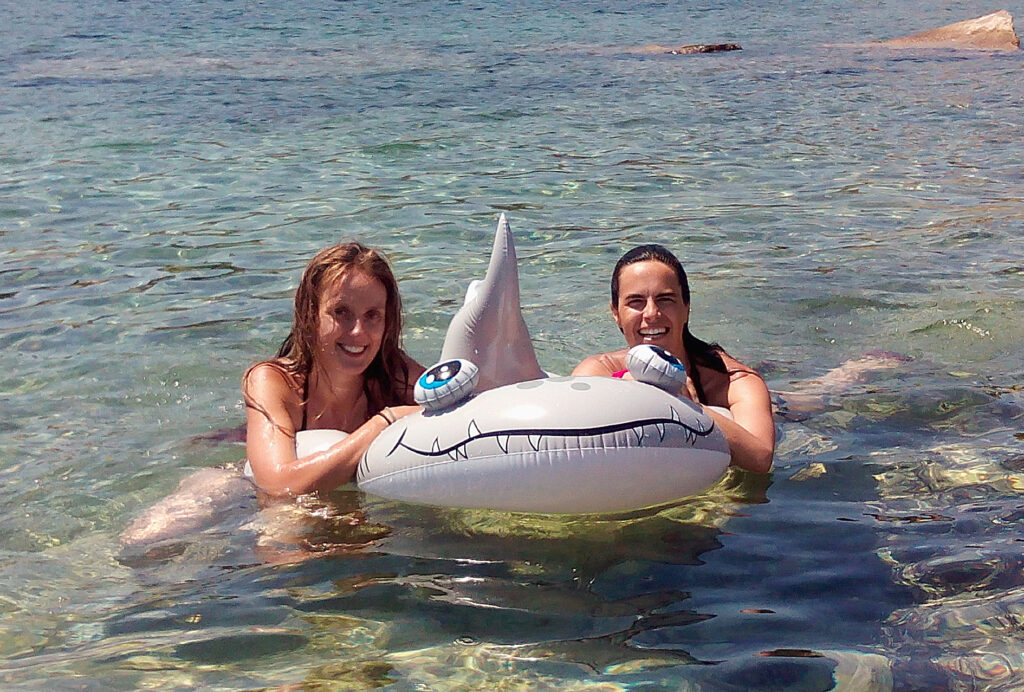
1. What is the difference among these two photos?
With the bait in the middle of the arena, two nests of either the same supercolony or a different supercolony are connected to the arena. If the ants recognize they belong to the same supercolony, a collaborative and organized foraging activity (to the bait) starts (top image). When these ants do not recognize each other as belonging to the same supercolony, a fight begins, and chaos starts in the arena (bottom image). (© Olivier Blight)
2. Video
Cooperation in Argentine ants of the same supercolony. During fights, ants of the same supercolony usually unite against the workers of the other supercolony. This video was recorded during aggression tests between workers of the Corsican and the Main supercolonies. (© Olivier Blight)
3. BUT how to know, which supercolony each nest belongs to?
Any flat and stable surface, like this chess table from a public park at Gandía (Valencia, Spain), is convenient for a field test of aggressivity between the local, unknown population of Argentine ant, and controls from the Main and Catalonian supercolonies (n=5 replicates/supercolony). The test is done in Petri dishes confronting two individual workers: one from a known supercolony and the other from the unknown supercolony. Thus, five workers of the Main supercolony are placed in the five Petri dishes of one side of the chess table and five workers of the Catalonian supercolony are placed in the five Petri dishes of the other side. Then we add one worker in each Petri dish from the unknown supercolony. The encounters will be pacific in one side of the table and aggressive in the other side, showing to what supercolony the ants belong to. (© Xavier Espadaler)

4. The artist of the movie!
Sara finished her PhD last February 2021, and it dealt with the role of native communities in the invasion success of the Argentine ant. She worked in the Estación Biológica de Doñana (CSIC), under the supervision of Elena Angulo.
She has collaborated with other magnificent ant researchers, such as the ones in this paper.
Sara Castro-Cobo in the field during sampling in Santa Eulària beach. Sampling was done in the pine forest areas close to the beach and nearby parking lots. But ant search also was performed in the bars close to the beach, because ants forage on the leftover food and drinks in the vicinity. We looked for ants in the trunks of pine trees, as they usually form long and busy trails vertically or between two trees. (© Carles Molina)
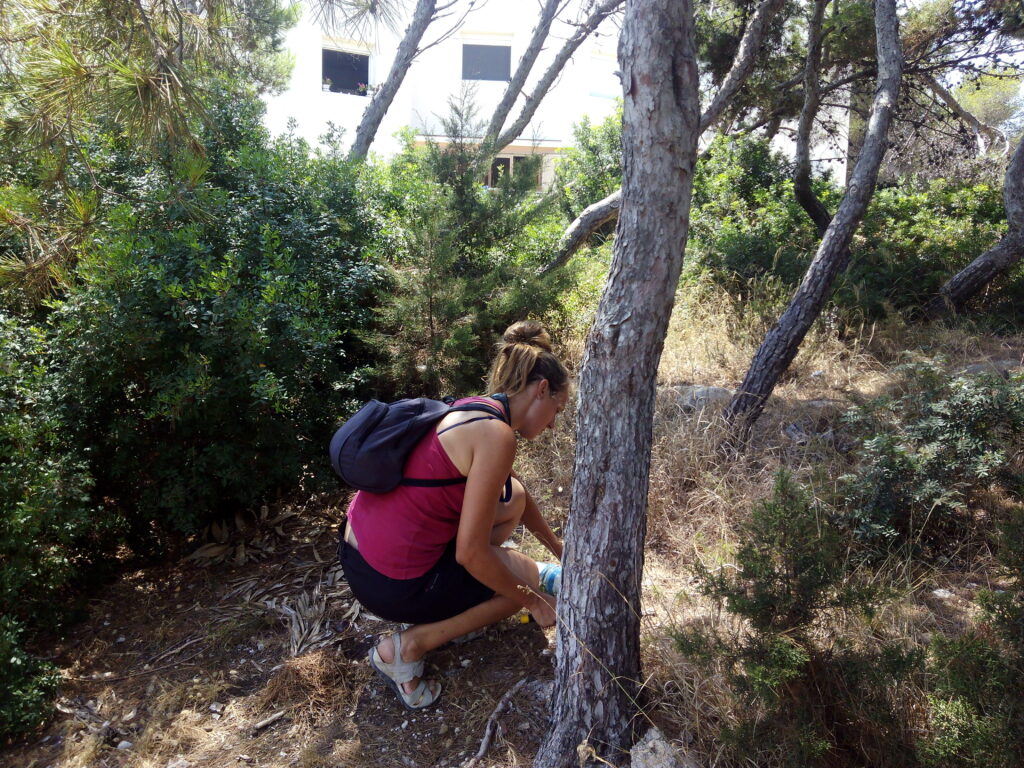
Sara’s PhD Thesis cover
Ants and… the beach, please!
Who doesn’t want to do a thesis sampling ants at the beach?
(© Amparo Hidalgo Galiana @ahg_ilustracion)
You can access the thesis here: https://idus.us.es/handle/11441/107172

Our adventurous authors (Sara and Elena) had to face many challenges in order to succeed at finding Argentine ants!
Note of authors: no sharks or PhD students were harm during fieldwork, but the shark provided protection for the field material to be transported among islets (© Carles Molina)

5. Some other artists
Xavier Espadaler was a full professor at the Autonomous University of Barcelona. He is now retired but continues to be very active! He collaborates at the CREAF (Center for Ecological Research and Forestry Applications) in Spain. He has been studying the diversity of ants, and several of their biological aspects for more than 45 years. Now, his interest goes beyond ants and expands to their ecto- and endo-parasites as well. (© Xavier Espadaler)

Olivier Blight is a biological researcher in the Mediterranean Institute of Biodiversity and Ecology at Avignon University (France). He usually works on ants and now also on other arthropods (beetles, spiders, and soil invertebrates) in the context of ecological restoration projects. Seen here, while sampling ants! (© Olivier Blight)

This is me, Elena Angulo, working when I am not in the field, drawn by my son Juan.
Essential tools: a – very big! – Mac, a pencil and a notebook, sweets or salt cookies, and a bottle of water!

6. Go to the beach… and look for ants!
Beaches of the narrowest part of Formentera Island. Only 19 kilometres away is Ibiza Island. There is a lot of maritime traffic on both the islands because both are very touristic and Formentera is only accessible by ship. (© Elena Angulo)
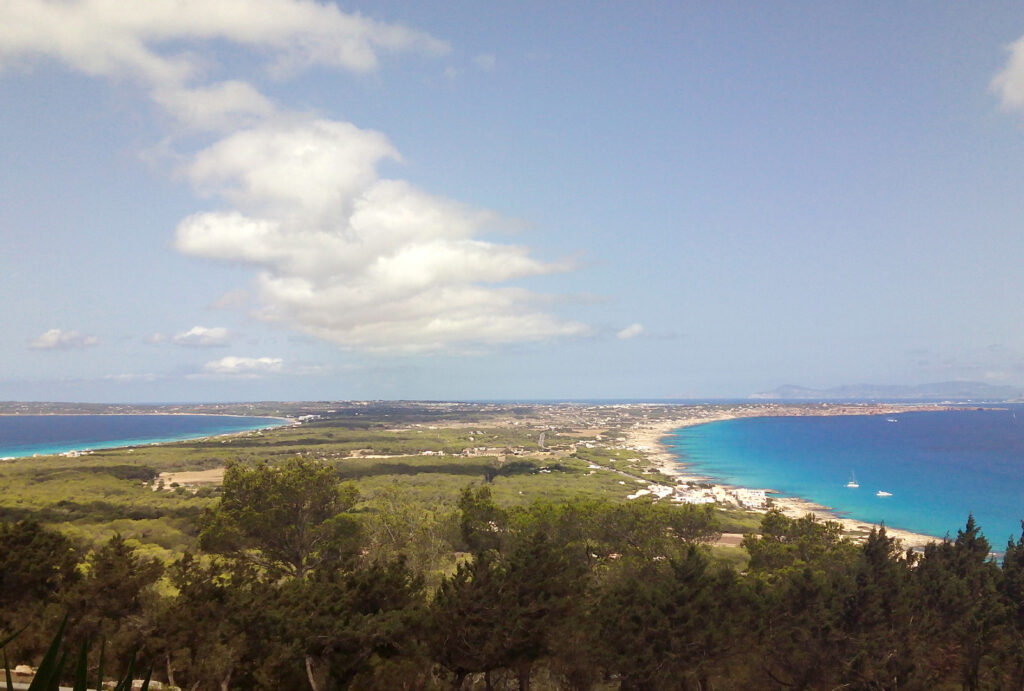
Beach of Capu Laurosu in the southwest of Corsica, France.
The Argentine ants do not only like public gardens and trash cans… (© Elena Angulo)
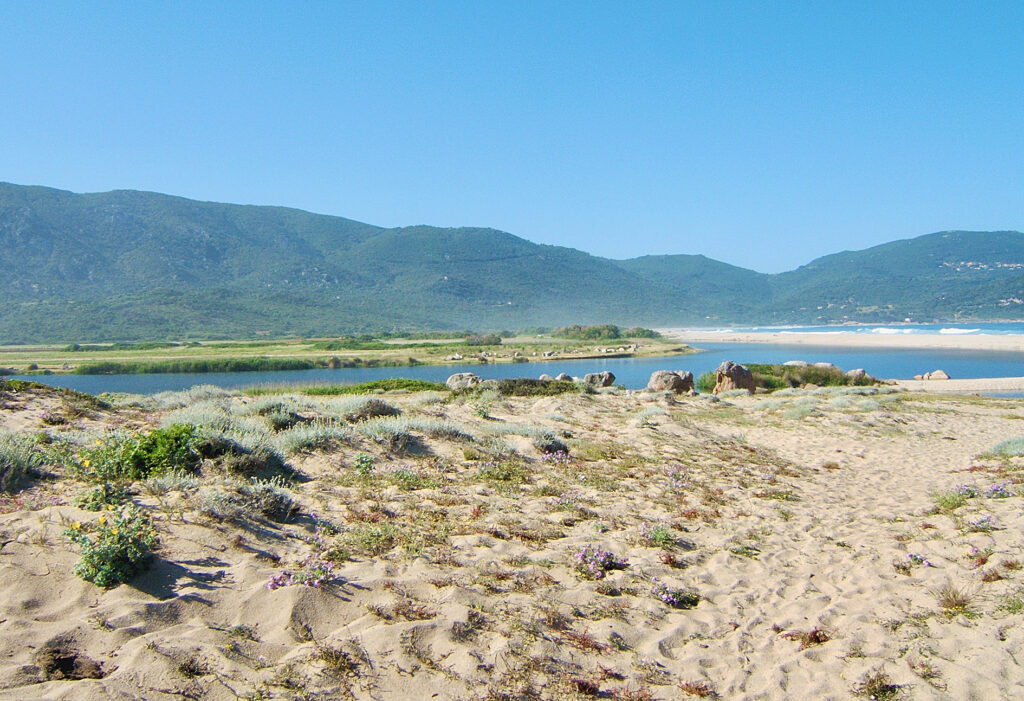
7. The project was entitled “Do native communities determine the success and impact of biological invasions?” And had the acronym “NATALIEN”. The logo of the project by María Angulo (www.maria-angulo-aguado.es) represents the two species we used as model species: a global invader of continental origin, the Argentine Ant (Linepithema humile), that invaded preferentially coastal areas, and an endemic species – the Ibiza Wall Lizard (Podarcis pityusensis), that invaded insular and continental localities. As many other invasive species in the world, the Argentine ant is continuously expanding, in this case along Mediterranean coasts. Our work has allowed to know that this invasive ant mainly benefits from the human presence and the transport of goods between locations to spread to new areas.
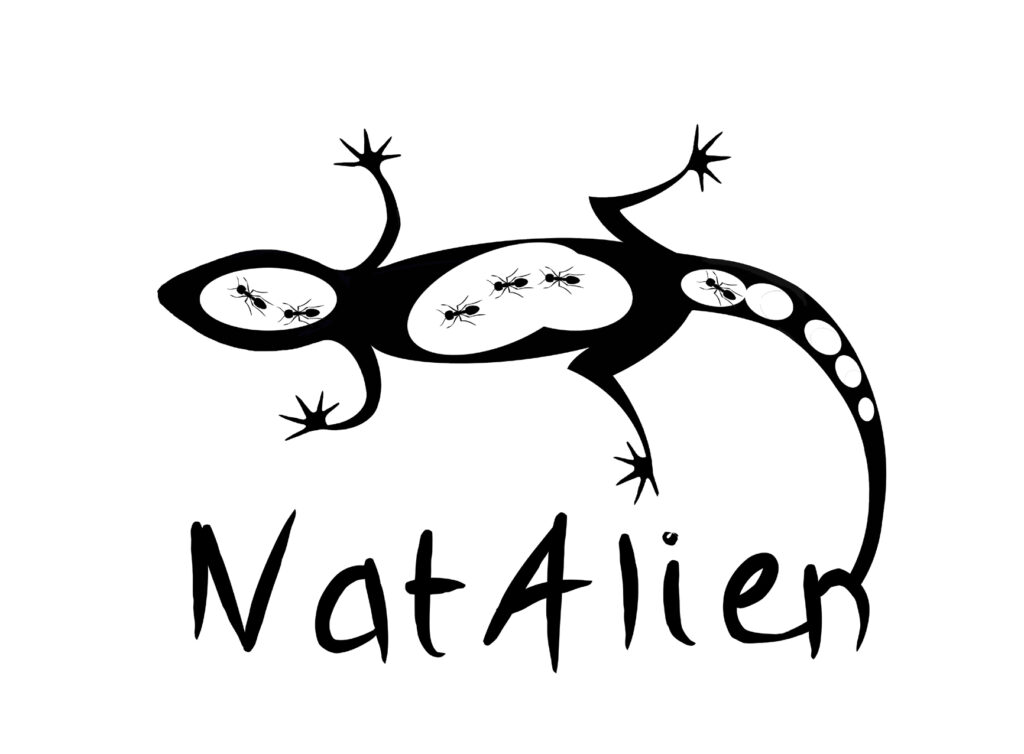

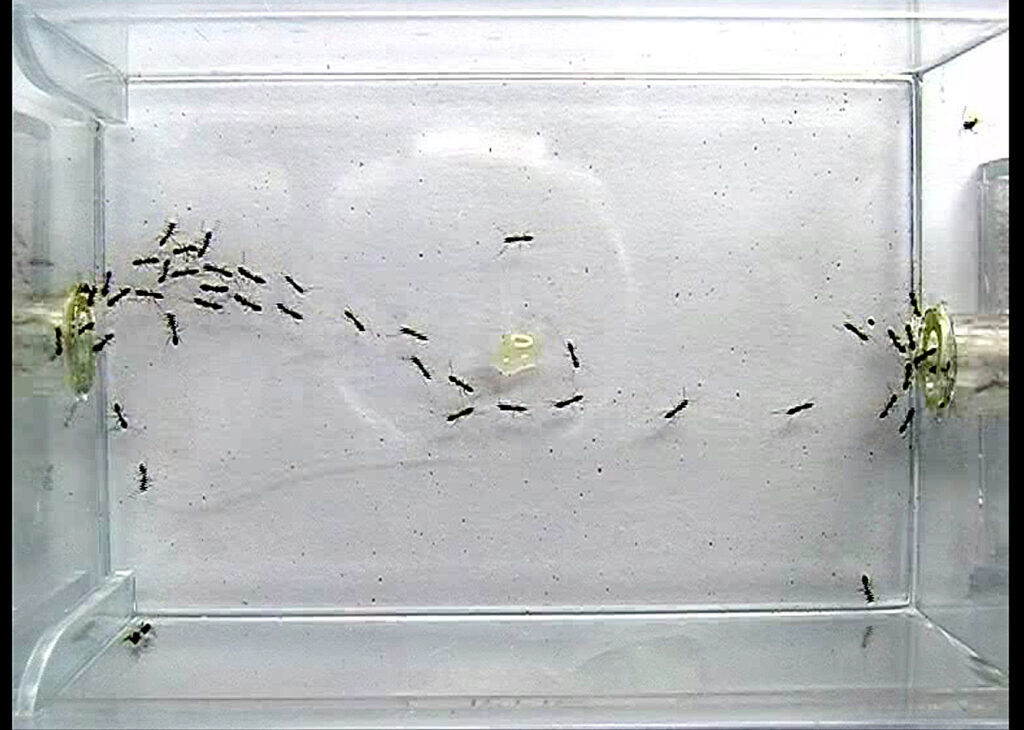
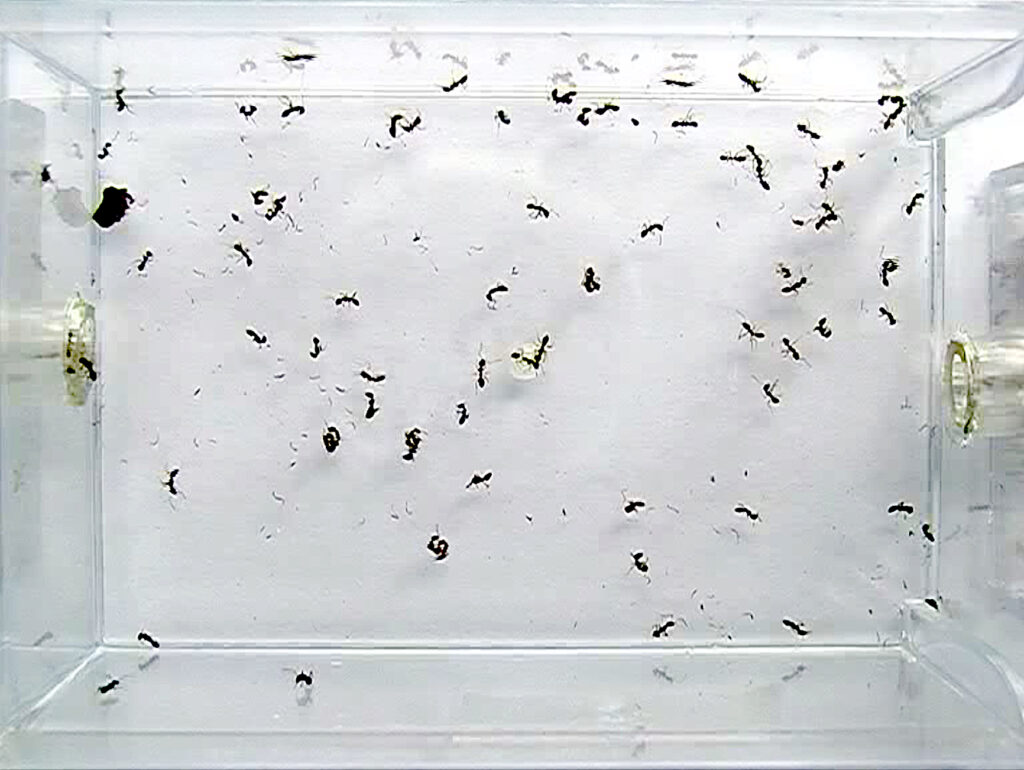

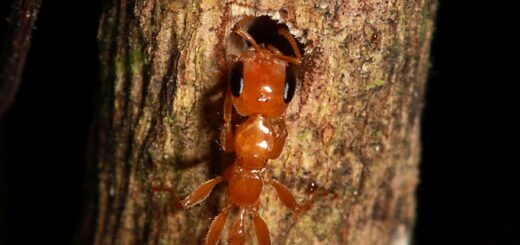
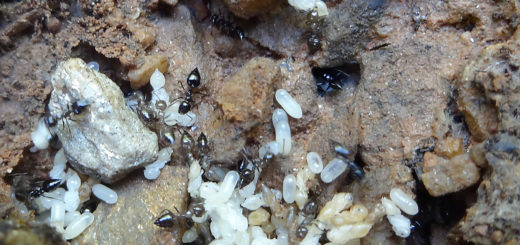
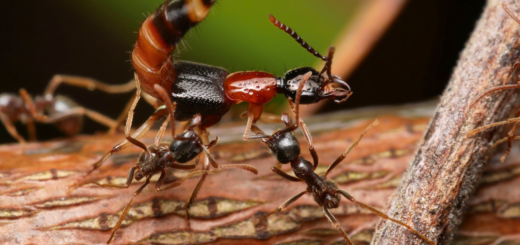
Recent Comments